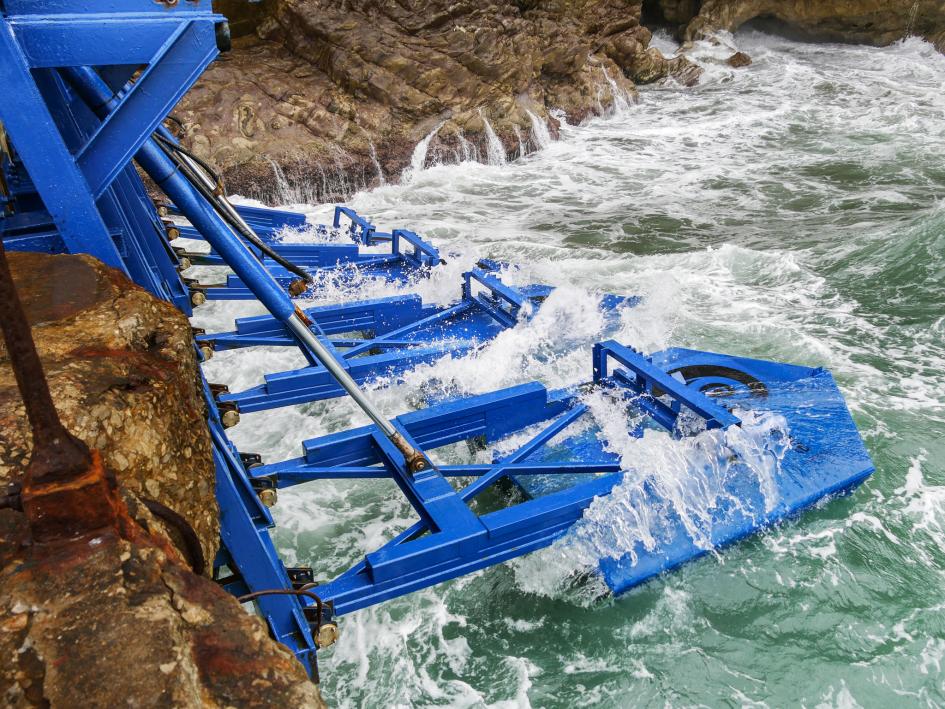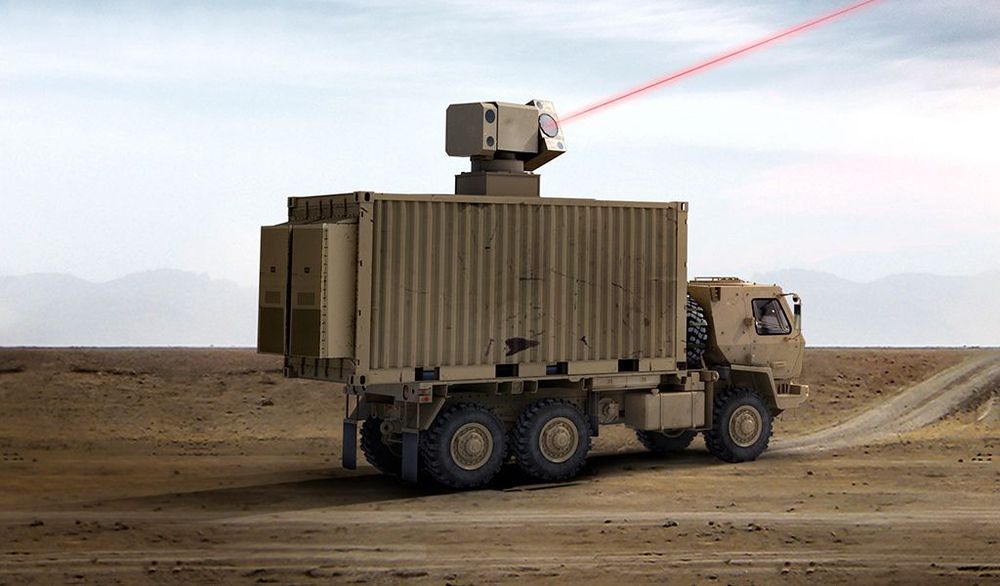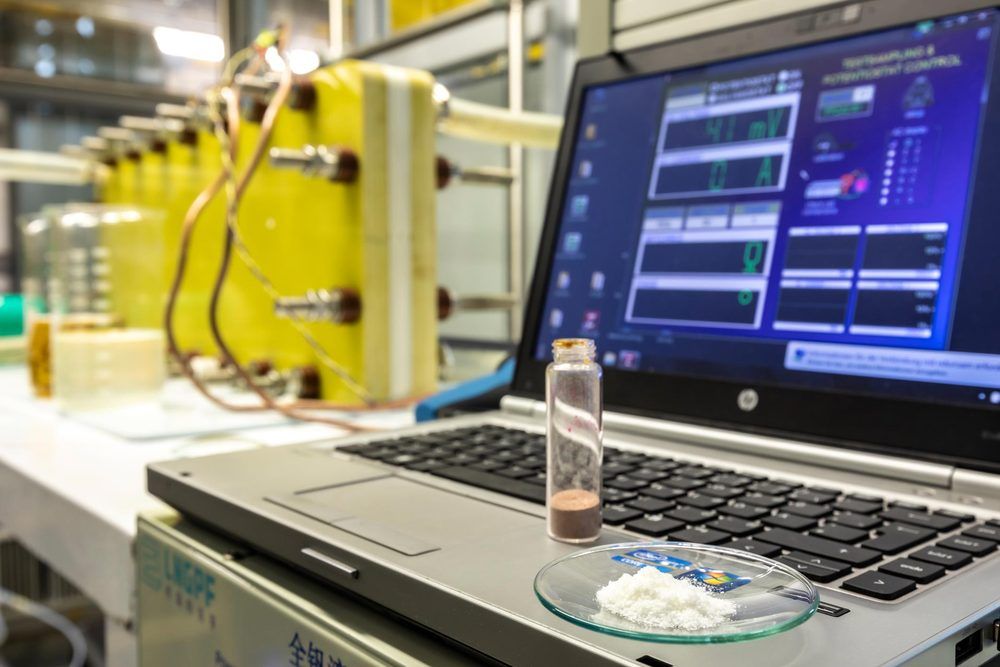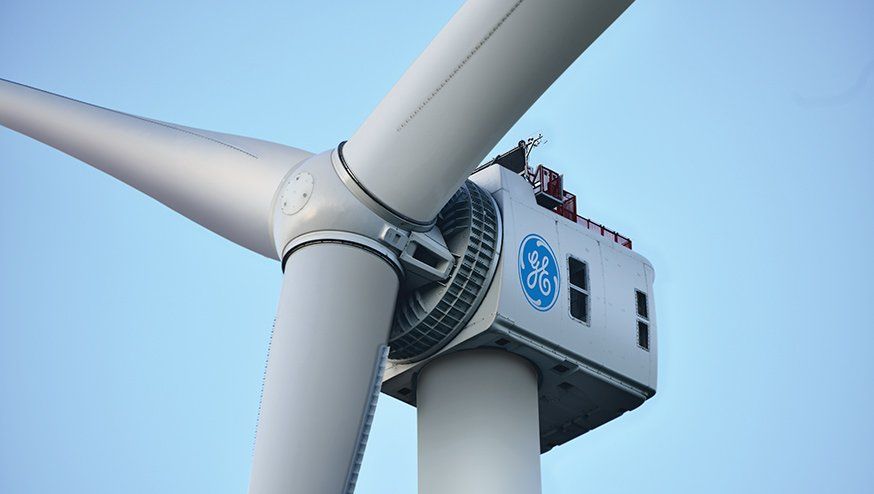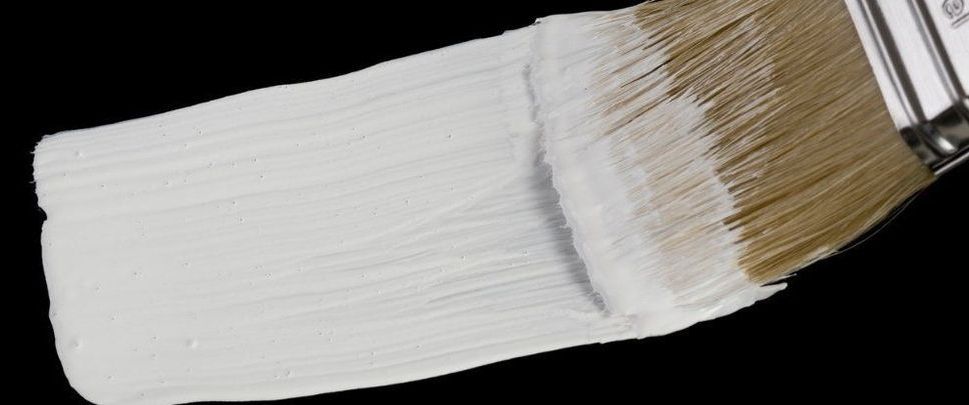Rooftop solar, Covid and more large scale renewables push Australia’s main grid to record low levels of demand and emissions intensity, and the lowest prices in years.
The combined impact of growing rooftop solar and the Covid-19 pandemic – along with the continued influx of large scale wind and solar – has create a suite of new records in Australia’s electricity grids in the September quarter, sending demand, emissions and prices to new lows.
The latest Quarterly Energy Dynamics for the September quarter, compiled by the Australian Energy Market Operator, also noted record highs for wind and solar output, which along with falling gas prices and cut-price bidding by coal generators trying to stay competitive led to the lowest wholesale prices in more than five years, and in some cases, record low prices.
Importantly, the emissions intensity of Australia’s main grid also fell to a record low of 0.7 tonnes of Co2 equivalent – thanks to the big reduction in black coal output and the increase in renewables, and despite a rise in the dirtiest fuel source, brown coal.

